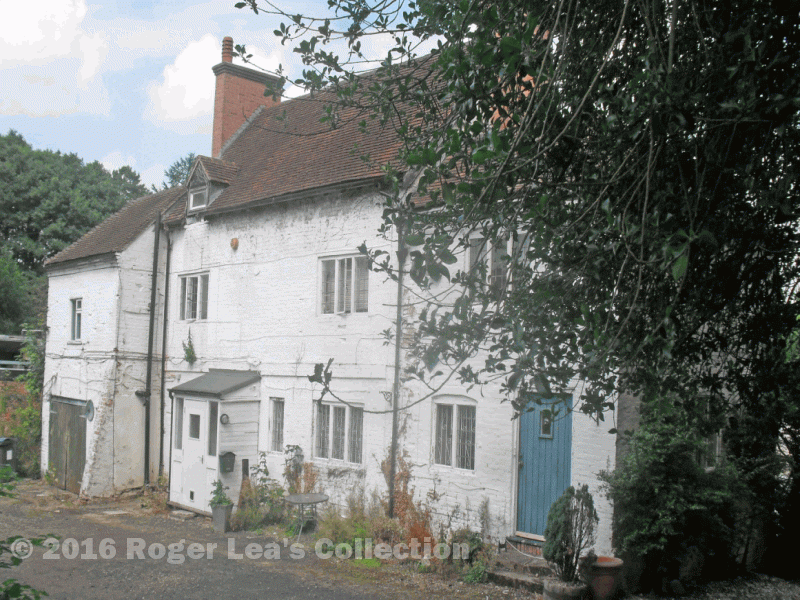In 1762 the Gentleman’s Magazine published an article about Sutton Coldfield. The writer, calling himself “Incola”, observed “Some rivulets that take their rise in this park, feed several mills built in and near it; not only for grinding corn, but for boring musket-barrels, polishing metal buttons, making saws, grinding axes, knives, bayonets and performing various other operations for the mechanical traders of Birmingham; who having had great numbers of their workmen impressed, or voluntarily inlisted into his majesty’s service, have set their inventions to work by mills many operations which used to employ more hands than can be procured in the latter end of a war”. (The Seven Years War, 1756-63, between France and her allies and Great Britain was brought to an end by the Treaty of Paris on February 10th 1763.)
One of these mills was the Blade Mill in Sutton Park, with its tilt hammer and grindstones, which must have been a busy place in 1762. The first blade mill on the site (next to Park House), built c1590, had gone (probably washed away by the great flood of 1668) by 1678 when the site was purchased by Thomas Addyes. Addyes rebuilt the mill and installed new machinery, including a forge, a tilt hammer and grindstones - Zachariah Twamley noted “many hands had been employed in skilled ironwork” there.
Stonehouse Mill at Powells Pool also had a forge and a tilt hammer, so Sutton Park must have resounded to the deafening thump of the heavy hammers beating on the anvils - Sarah Holbeche was sometimes taken to the miller’s house at the Blade Mill as a child, and remembered “the noise of the huge hammer, so deafening and always at work”. Business at the blade mill thrived all through the eighteenth century, water power being the only means of powering the machinery, but after 1800 factories using steam power began to predominate. George Brown, who had the blade mill in 1790 producing a range of items, had to settle for a single product by 1820 - Miss Holbeche recalled the “well-reputed spades”.
Sarah Holbeche remembered dark and musty rooms in the mill house (now Park House) and the Browns - “a very cross old lady a sharp old man and their son George”. Mrs and Mrs Brown were both dead by 1830, and their son carried on the business, describing himself for the 1841 census as a spade maker. Later in the 1840s Brown gave up the mill and the forge was removed, no doubt competition from the more efficient factories in the industrial towns, together with the more successful Stonehouse Mill nearby made it unprofitable.
The Sutton watermills used waterwheels where the water was fed into troughs at the top of the wheel, which was then turned by the weight of the water - you can see this if you go to New Hall Mill on one of the next open days, Monday 29th August and Sunday 11th September. The large wheel at New Hall Mill with its eleven-foot diameter generates only about two horse-power, and even the large wheels of Blake’s “Dark Satanic Mills” of the eighteenth century industrial revolution were no match for the power of the steam engine.

